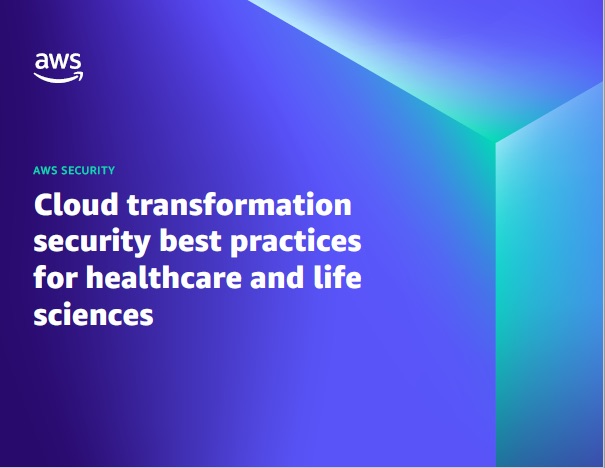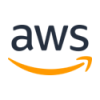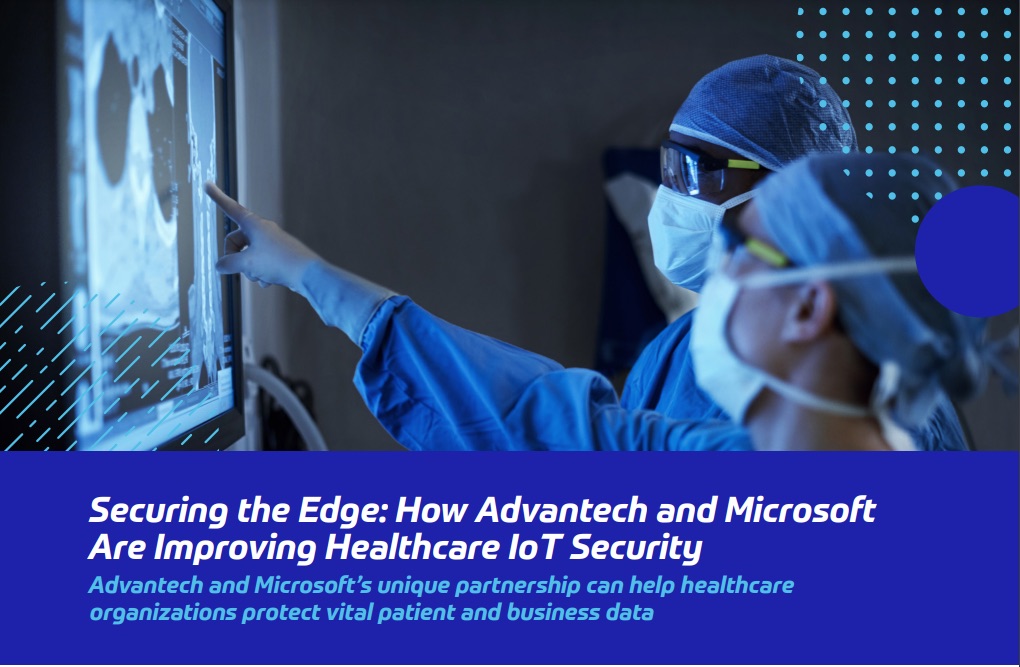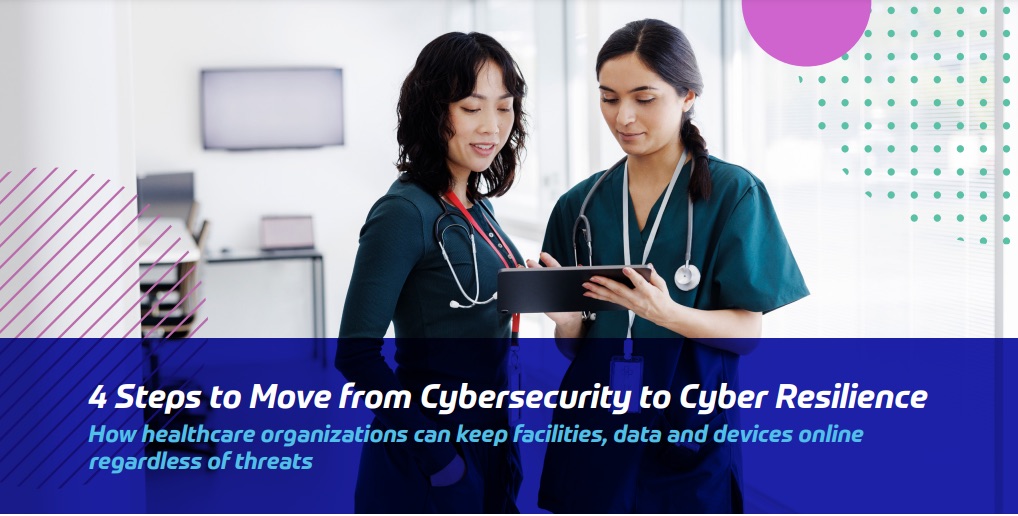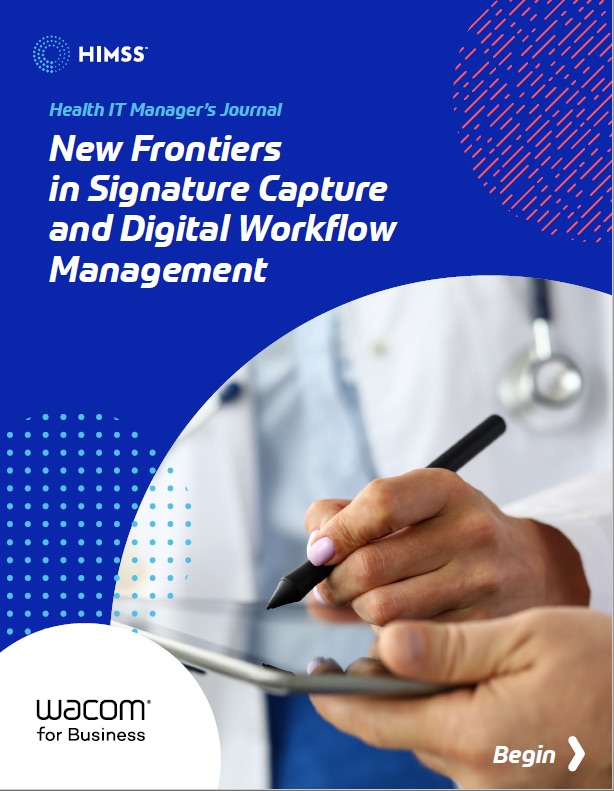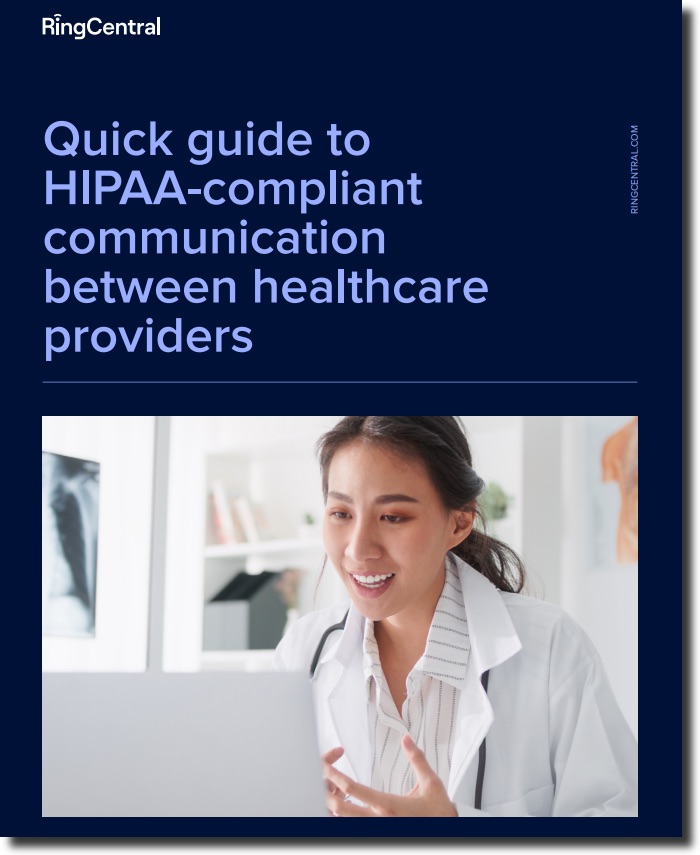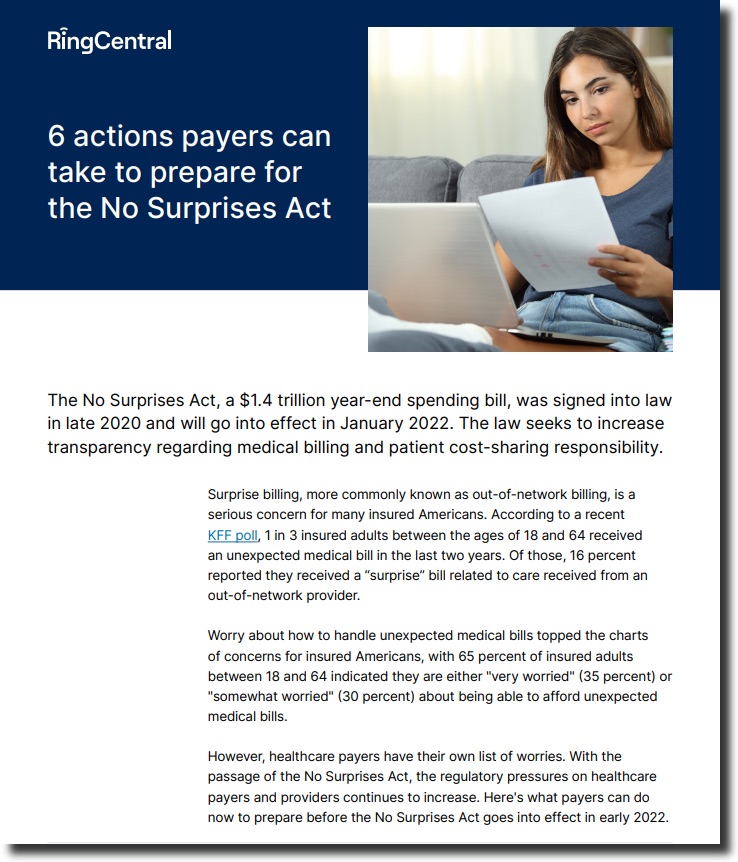Privacy & Security
By creating new definitions and revising others, the proposed rule targets health and wellness technology companies operating outside of HIPAA and qualitatively expands the scope of what constitutes a PHR.
SPONSORED
Moving to the cloud means making transformational changes to your processes, services, cost structure and scale. It also requires you to modernize your approach to security and make the move from self-managed, on-premises security and assurance techniques to a fully managed service architecture that will support and scale with your new transformation architecture. Automated security helps reduce human configuration errors and gives security teams time to focus on other work critical to your organization. AWS security solutions and services can help you transform how you operate and free up your time to focus on your core business – all while making your organization more secure.
SPONSORED
IoT technologies drive innovation and efficiency in healthcare. According to a recent IoT Signals report, 89% of healthcare organizations have at least one IoT project that has reached the “use” stage. By leveraging the power of Windows IoT, health systems can seamlessly connect medical devices to the cloud, as well as quickly create, scale and deploy IoT solutions on a trusted operating system. Plus, advanced security controls protect those devices – and sensitive patient data – from the edge to the cloud. Join experts from Advantech and Microsoft to learn more about how Advantech supports healthcare organizations in using Windows IoT to improve both business and patient outcomes.
SPONSORED
Many health systems of all types and sizes are expanding their use of Internet of Things (IoT) devices and harnessing the data from those devices to increase efficiency and improve patient outcomes. However, these new devices are vulnerable to cyberattack, creating a much greater attack surface for the organizations that use them. That’s why it’s vital for providers to work with vendor partners like Advantech who can help provide a secure framework to support IoT use. As a Microsoft Windows IoT Distributor and Cloud Services Provider (CSP), Advantech can help healthcare organizations implement the best combination of custom and off-the-shelf hardware with Windows software to protect their individual IoT ecosystem from the edge to the cloud.
As the number and severity of cyberattacks, including ransomware attacks, increase, many healthcare organisations are realising that they need to not only protect against cyberattacks, but also to plan for cyber resilience – being able to recover quickly and remain operational in case of an attack. Creating a more cyber-aware organisation starts with a strong cybersecurity culture including ongoing training of all personnel, from the front lines on up to the C-suite. Alcatel-Lucent Enterprise outlines four steps that healthcare providers can take to improve their cyber incident recovery times and create more threat-resistant IT networks and systems.
When healthcare organizations (HCOs) digitize signature capture and patient consent during patient registration, they can save significant time and money. By transitioning away from paper forms, HCOs can streamline essential data capture workflows, saving patients of all ages and abilities valuable time while decreasing frustration and the possibility of errors. However, not all electronic signature and digital consent tools are created equal. The right tools can provide patients with vital information and support, improving the patient experience at every step along their journey. Investing in tried-and-tested digital consent and electronic signature technologies like Wacom’s can help HCOs streamline their many essential intake workflows and give them the added protection of creating legally binding signatures.
As HC organizations move applications, data, and workloads to the cloud, data management and protection should remain front of mind. Cyber and ransomware attacks have increased, telehealth has increased, and costs have increased…so what can be done to ensure security, enhance patient engagement, while reducing costs?
NGITS are versatile, adaptable infrastructures and engineering/operations that can incorporate new mission-advancing technologies and business processes into the enterprise as they emerge in a thoughtful, integrated way.
SPONSORED
In healthcare, collaborative communications are critical for success. Members of a care coordination team must work together closely and share information with one another to ensure positive patient outcomes – while still staying compliant with HIPAA regulations. Using non-compliant channels for communication between care teams can result in heavy fines and damage to a provider’s reputation. However, HIPAA isn’t static, and maintaining compliance requires staying up to date with changes in the law, which creates an additional burden for providers. RingCentral’s cloud communications platform makes it possible for providers to communicate and collaborate with multiple secure and HIPAA-compliant tools such as video, chat and file-sharing.
SPONSORED
The No Surprises Act, which seeks to increase transparency regarding medical billing and patient cost-sharing responsibility, was signed into law in late 2020 and went into effect January 2022. Although the No Surprises Act seeks to relieve some of the worries patients have about cost of care, it creates increased pressure on healthcare payers and providers. To stay compliant with the No Surprises Act and build transparency regarding pricing and patient costs liability, a member education and communication strategy is key. RingCentral can help payer organizations implement a communication plan that educates and engages members.

